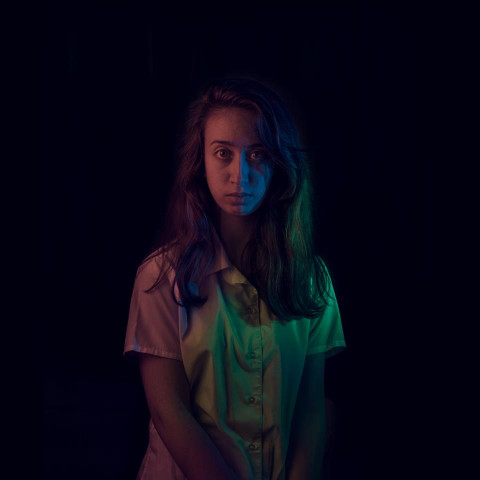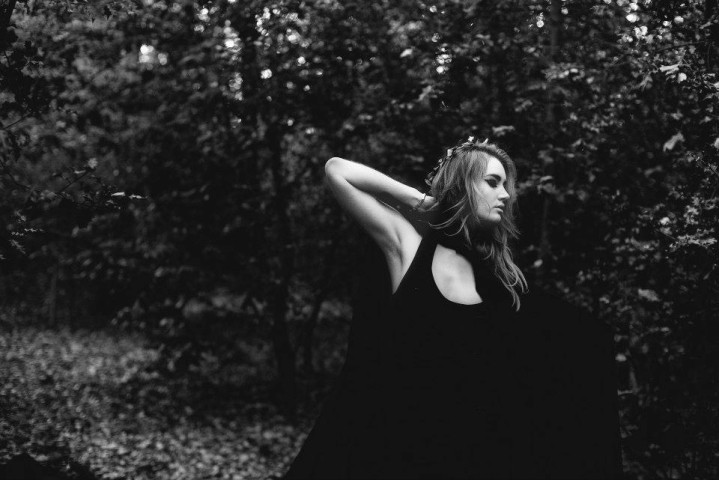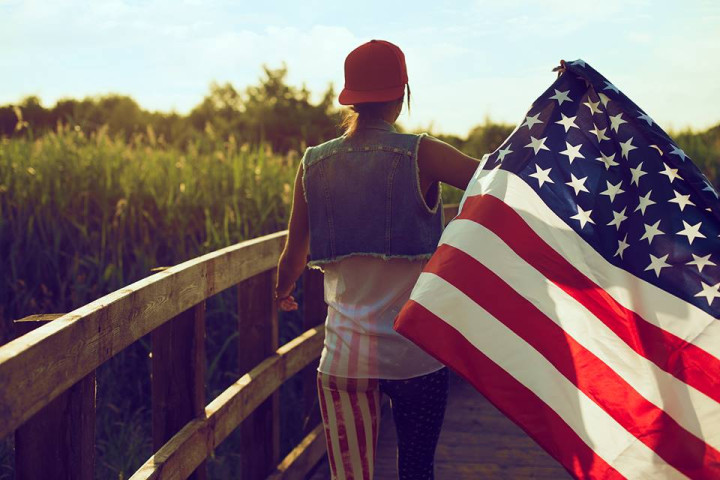Sebastien's photographs first struck me as very atmospheric, one felt they were a part of the scene with the model. It was only upon a second look through his portfolio that I even realised he was primarily a fashion photographer. This to me, is evidence of his talent. Why? He sold the garments through the image and through the ambiance, without relying on the clothes themselves. I feel that this is the mark of a great photographer, and so I wanted to ask him some questions about his photographic practice.
E: How did you first get into fashion photography?
S: I first got into photography when I was 15 and after a couple of years of experimenting in different genres of photography I found that fashion photography was the one I enjoyed the most. It was perfect for me because it's quite a social genre of photography where you meet new creatives all the time and can still interact with the subject and photograph someone like you are taking a portrait. In truth the lines between fashion and portraiture do become blurred sometimes, I am guilty of doing that more often than not. I digress, seeing the amazing photographs in magazines such as Vogue Italia, Harper's Bazaar, Dazed and Confused and I-D gave me an aspiration to one day be featured in those magazines and I'm slowly getting there.

E: What is it about photography that makes an image into something special?
S: Theres a famous saying which is "a picture is worth a thousand words" and it is so true. As with all art forms, the piece is open to interpretation, no matter how literal the artwork is. This is what makes an image special, it's the reality that one person can interpret an image in one way, and then 5 seconds later another person can have a total different opinion/experience of the same photo. It's the ultimate of divisive media. No one is telling you how to feel, it's pure inspiration.
If you can make an image that touches people in one way or another so strongly that it stays with them for a long time, then you have made a special image. It may bring back some strong memories, they may be feel physically sick or repulsed, they may feel an overwhelming sense of joy etc.
E: You photograph a lot of fashion - what is it about fashion in particular that you like?S: Fashion is extremely important in the world. It gives people the the chance to express themselves, no matter their social or economic standing and that is why I like it. To be brutally honest, I'm not massively into fashion, I'm just really into aesthetics and design. I don't really follow the latest trends (apart from research for shoots). I'm more into style, something that is elegant yet always beautiful will always appeal more to me than something that is a fad. For example I bought a beautiful watch about a year ago, it's a simple design with leather straps which will always look good. I also bought a strap that has red, white and blue stripes which I use on the watch when I'm feeling a little more adventurous. It's important to tailor your look to match the occasion or mood you are in.

E: How would you describe your photographs, in one word?
S: I thought about this for a long time, and the best I could do is "pretty". That word best describes my location work (any work that isn't in a studio). This question made me a bit uncomfortable because I don't like pigeonholing my work into one genre/style. I'm quite adaptable, so can pretty much shoot anything. One day I could be doing an edgy shoot in a run down area of London and the next I could be doing a very feminine shoot in a forest.
E: What has been your favourite photography project to date?
S: That's an extremely tough one. I don't actually have a favourite; however I am quite proud of a personal project called 'puppets' where I take simple portraits of people and then turn them into puppets in photoshop. It's a continuous project which will probably end up with me making over 50 puppets.
I've also got some extremely exciting projects coming up which are bound to be up there, however I'm not allowed the spill the beans on those, so you'll have to keep and eye on my work to find out.
 E: Who are your favourite fashion/portrait photographers and why?
E: Who are your favourite fashion/portrait photographers and why?
S: When I first started out I really admired Rankin, not so much for his work but for what he has done to get to where he is today. I loved how he helped set up 'Dazed and Confused' and how he basically launched himself into the industry.
There are so many fashion/portrait photographers that I admire; I have an ever-growing collection of fashion photographer's books. At the moment my favourite photographer's are Joey L for his portraiture which is beautiful and Camilla Akrans for her aesthetically stunning fashion photography.
Annie Leibovitz is another photographer I love. Her work for Vanity Fair is legendary and she has one of the most recognisable style in the industry. I should also mention Tim Walker, who takes some incredibly imaginative photographs.
 E: If you could change one thing about fashion photography, what would it be?
E: If you could change one thing about fashion photography, what would it be?
S: The one thing I would change about fashion photography is how hard it is to break into the industry. It's almost mandatory for a photographer to start off their career doing unpaid shoots and working tireless hours for not much return. Employers take advantage of photographers saying that the exposure is a good enough payment for their services, however exposure doesn't pay for travel, equipment, insurance and the general high cost of living these days. It's the same for many industries at the moment; employers cutting costs by hiring unpaid interns, but I feel the level of exploitation is worst in the editorial world of fashion. I know plenty of photographers, hair stylists, make up artists and wardrobe stylist who simply cannot earn a living because they are expected to work for free most of the time.
If you have been inspired by this interview, you are able to view and keep up to date with Sebastian's photographic works via the links below.
Website: www.ssmphoto.co.uk
Instagram: @ssmphoto
Twitter: @sebsmphoto
Facebook: www.facebook.com/ssmphoto.1
